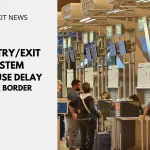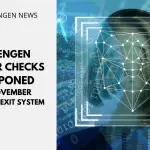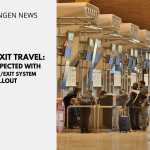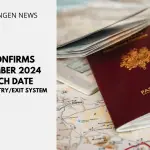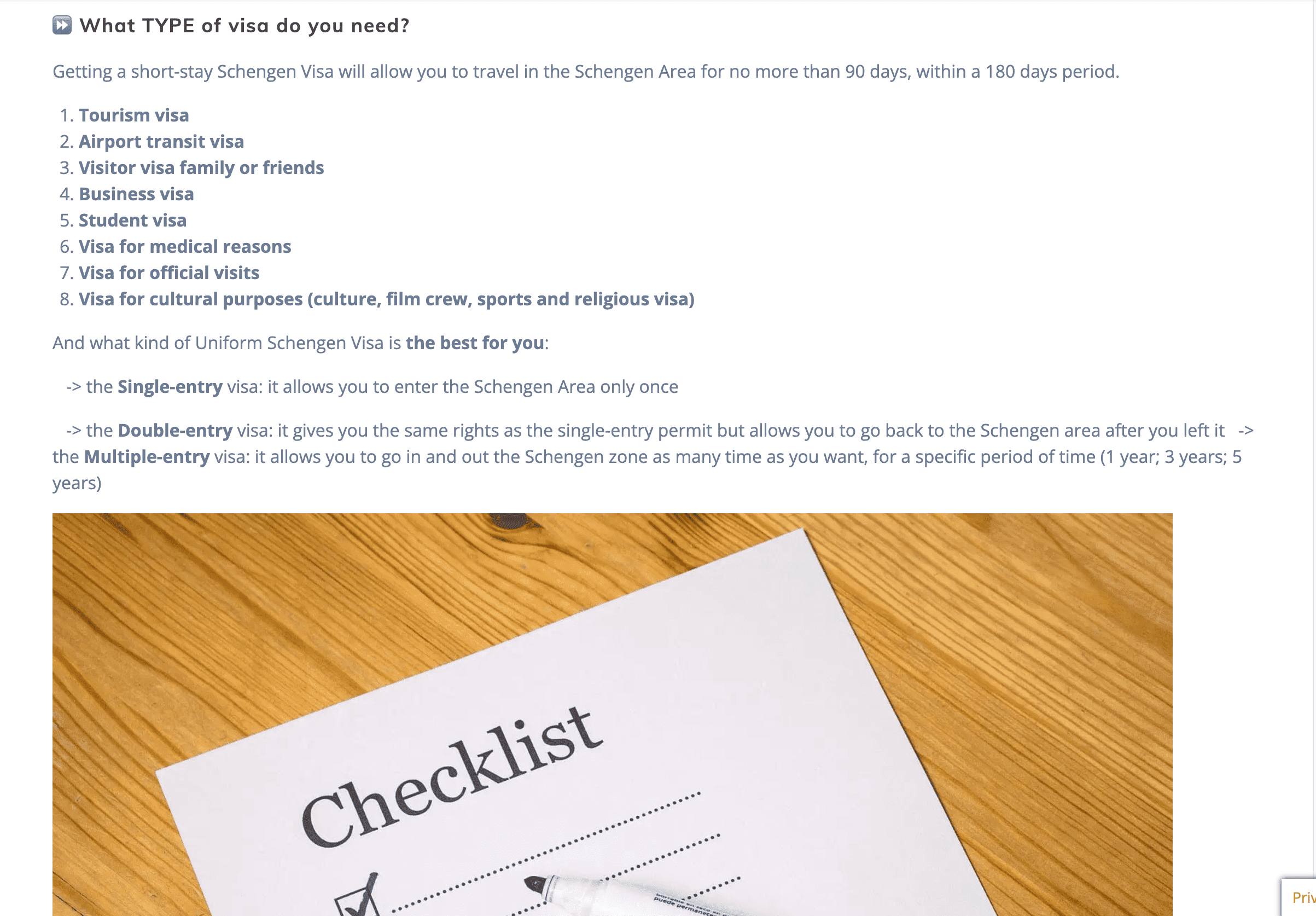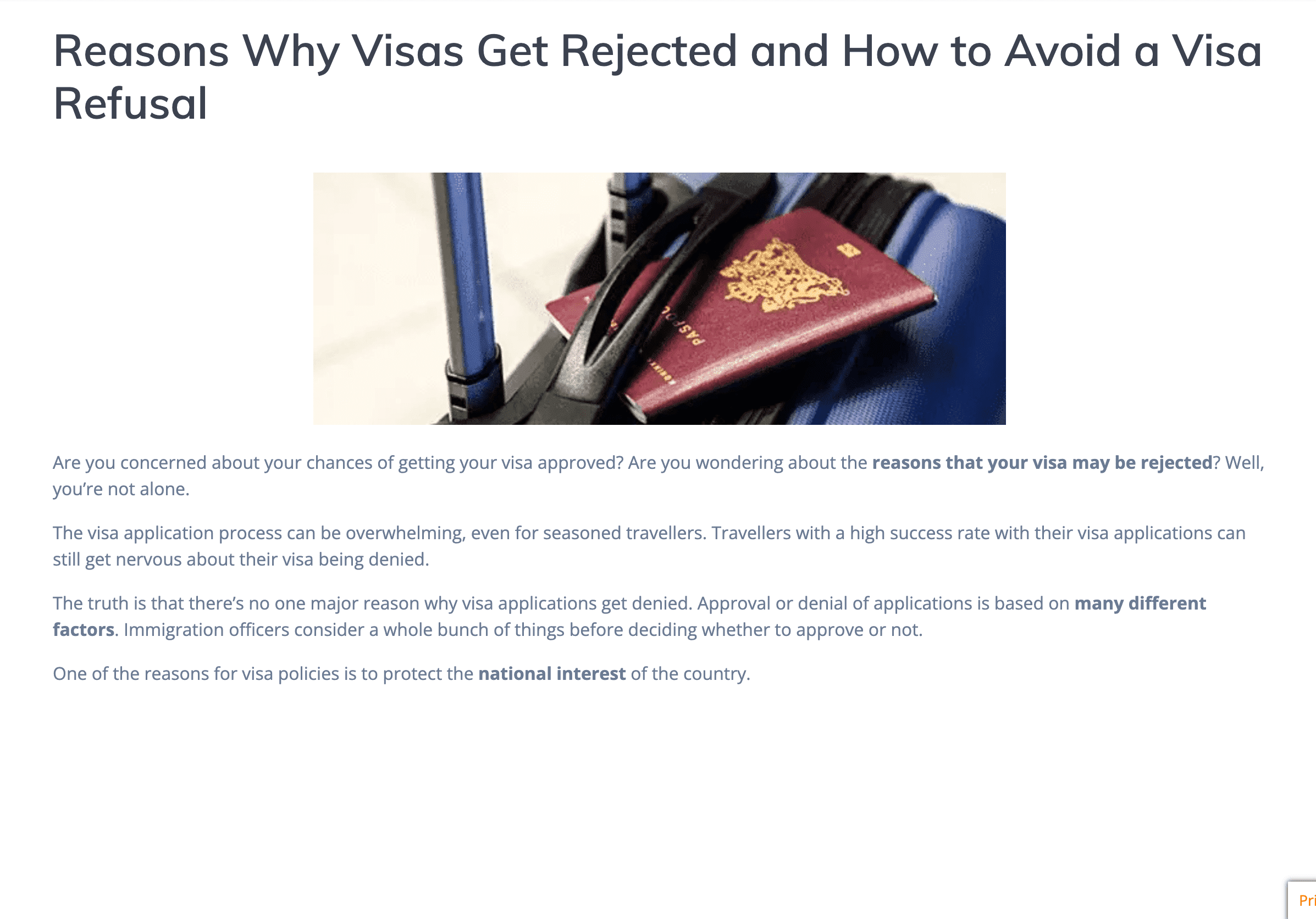Biometric Passport Checks Threaten Eurostar Services
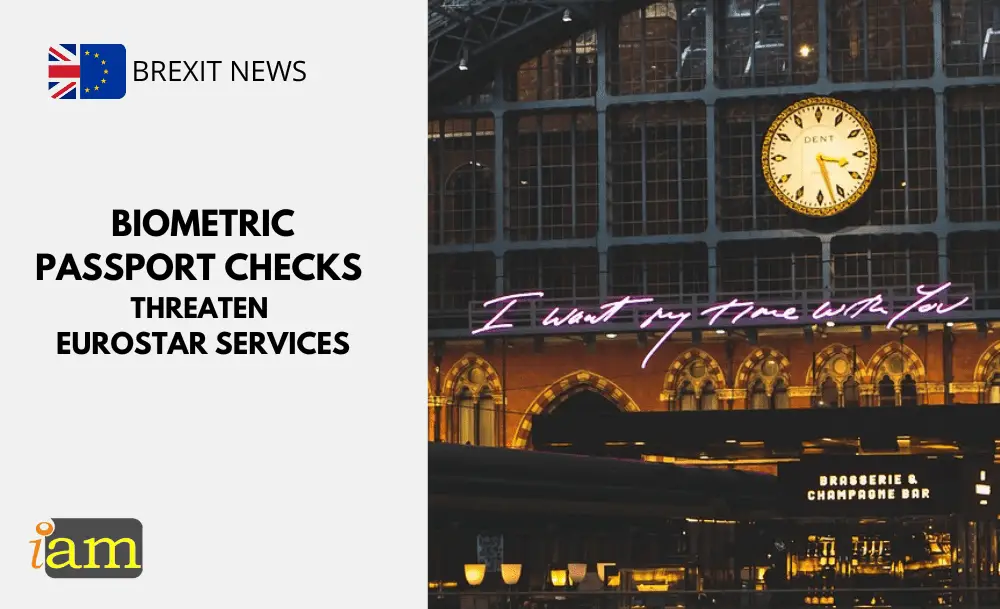

The much-delayed post-Brexit EU Entry/Exit System (EES) is due to go into effect in October this year, and Eurostar may be driven to reduce the number of trains because the facilities at London St Pancras have been considered “inadequate” to perform these new checks.
The EES is an automated IT system for registering travellers from third countries who travel to the European Union.
Starting from February 1, 2020, UK nationals are classified as ‘third-country nationals' according to EU law. Every time short-stay visa holders and visa-exempt travellers go into the EU, they will also have to submit fingerprint and facial biometric data. The system also records refusals of entry.
However, Eurostar, which runs trains between London and several EU destinations, has said the new system has been designed for airports rather than for terminals located in city centres or subject to space constraints, and that its implementation will represent “a unique challenge”.
Long Queues Ahead
High Speed 1 (HS1) owns and operates the line between London and the Channel Tunnel, as well as all of its stations. It has recently raised many concerns with British MPs that the preparation for the extra checks at London St Pancras, where the notoriously short space for international rail travel already leads to long waits, was “severely inadequate”.
HS1 stated that only 24 EES kiosks had been allocated by the French government, despite modelling suggesting that nearly 50 would be needed, meaning Eurostar would be unable to process all passengers, particularly at the morning peak. This means that the lack of kiosks could result in hour-long queues at peak times, possibly leading to a capping of services and passenger numbers.
Any extra kiosks would need to be funded by Eurostar, at about £25,000 per kiosk, while the operation and maintenance costs for all of the kiosks each year would be £2 million.
Eurostar has also stated that the new system would add “two to three minutes” to the current time taken to process travellers going through, which is currently around 45 seconds.
This is significantly higher and could lead to queues of over an hour. The complication of the flow management would also represent a “higher risk for the delivery of the timetable” which means possible delays.
Do you need to renew your passport? Talk to us in the comment section below. Or if you need more advice on the above, contact us for further travel & immigration advice.
Check out the deals we have found below and tell us your travel plans.
Check out the offers and discounts from:
And because of the pandemic, don’t forget to get your travel insurance, which will cover you for flight disruptions and pandemic related matters.
IaM can help with your visa application to Europe, the United States, the UK & other countries
If you need help with a US visa, a UK Visa, or a visa to Europe, including help with appointment booking obligations, IaM can help. For more information and advice on US immigration, UK immigration law and US visa applications or if you need any help or assistance please, reach out to your Visa Coordinator at IaM.
Some of our posts include affiliate links. If you choose to purchase any of these products, we might get a small commission. For more information, check out our TOS.
- Cyprus on Track to Join US Visa Waiver Program by 2025 - 20 October 2024
- EU Lifts Visa Requirements for Kosovo Citizens with Serbian Passports - 18 October 2024
- New Service Providers for UK Visa Applications: What Applicants Need to Know - 16 October 2024

